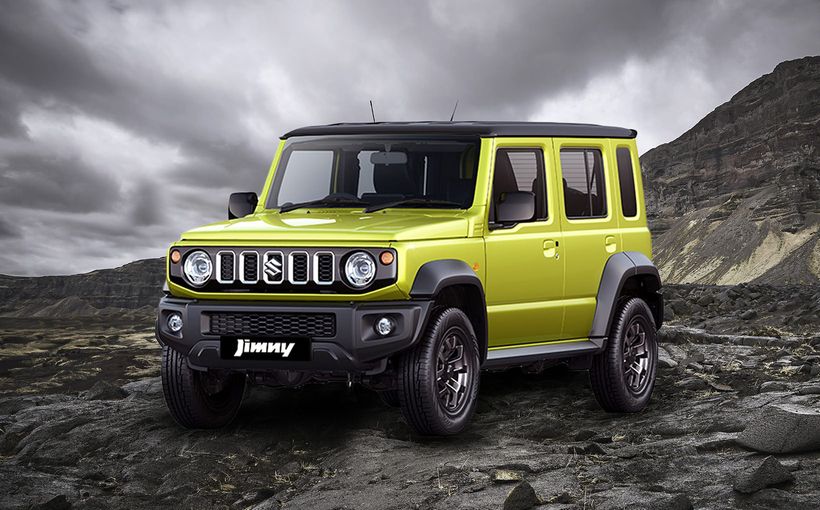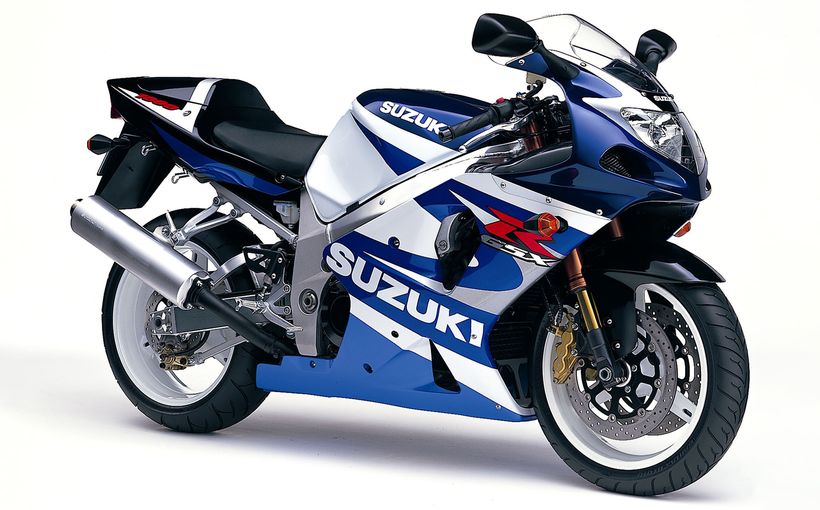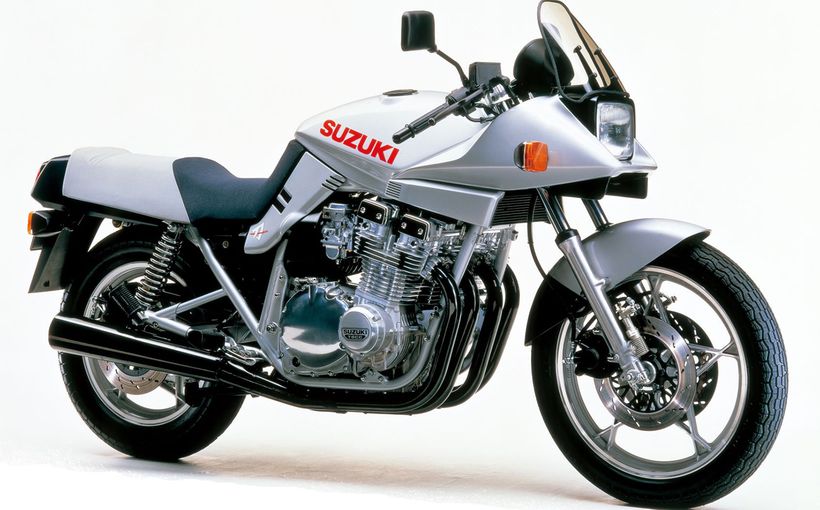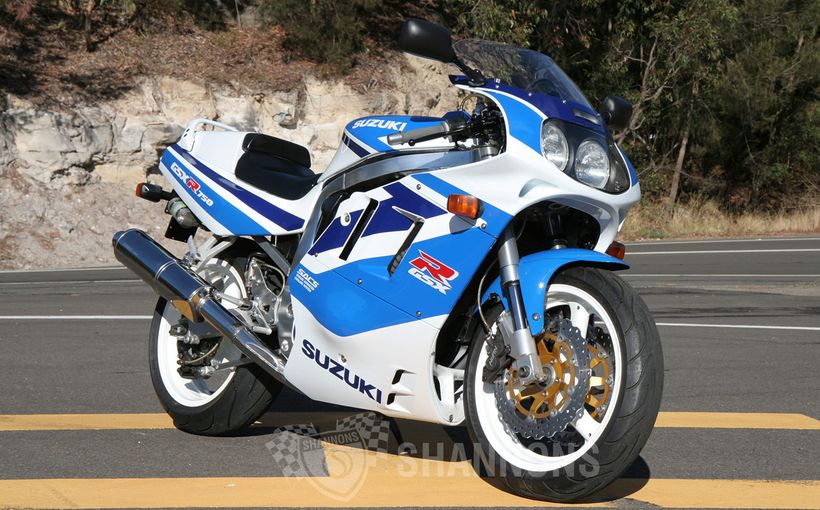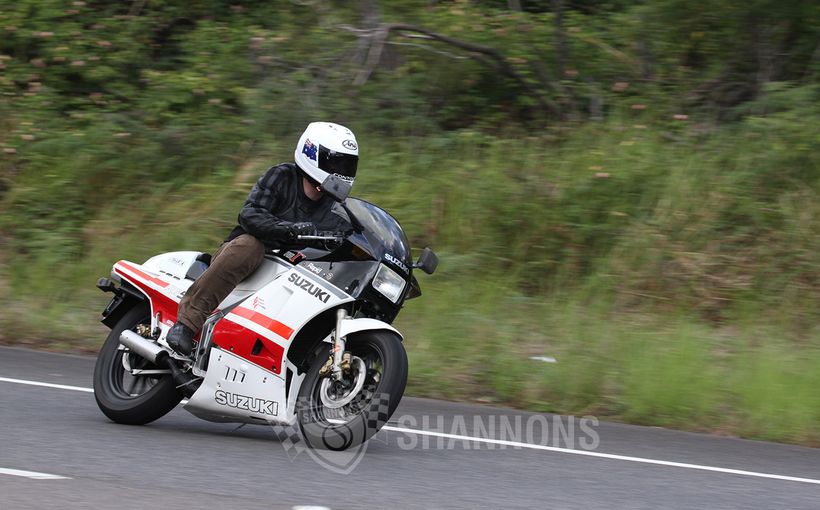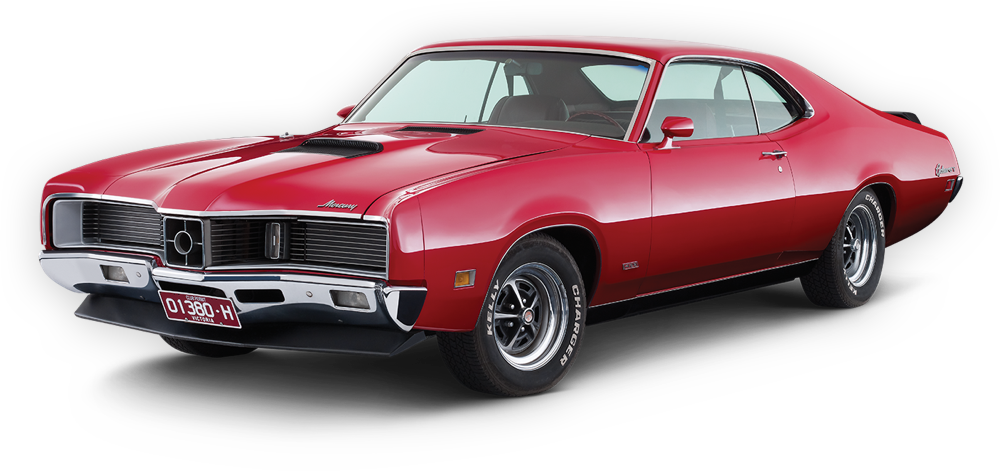Suzuki Swift GTi: the ultimate 1990s pocket rocket?

The handling dynamics of the second generation (SF) Suzuki Swift GTi were criticised by Australian motoring journalists when launched in 1989, who considered it to be a backwards step compared to the (SA) original. However, on the racetrack it made a mockery of such derision, proving to be a prolific winner in production car racing for almost a decade.
The SF or ‘Gen2’ Swift GTi started to make its presence felt as early as 1991, when 22-year-old young gun Mark Brame teamed with Geoff Forshaw to finish an outstanding third outright in the Yokohama 300 mini-enduro at Winton Raceway. The cheeky little Suzuki was beaten only by much larger EA Falcon and VN Commodore opponents.
Although Dick Johnson once described Winton Raceway as “like racing around your Hills Hoist”, the short and simple layout in regional Victoria with its numerous low-speed corners was clearly well suited to Brame and his Swift GTi.

Brame's biggest Winton kill came in the 1992 Yokohama 6 Hour for production cars, when he paired with Mini racing veteran Henry Draper to score an outright victory! Against more powerful competition, the Brame/Draper GTi completed 282 laps in six hours to convincingly win by a lap. It was a stunning performance for such a small car.
These early successes were just the start of a near-decade long Australian racing career for the SF Swift GTi, which was still winning its class in production car racing as late as 1998 when the much-loved model had been replaced by the Suzuki Baleno.
So what made this pocket rocket such a prolific winner? Not surprisingly, it has often been compared to the legendary Mini Cooper S as they both featured a transverse four cylinder engine with front wheel-drive, relatively light kerb weight (the SF was heavier than the SA GTi at around 800kg) and powerful 1.3 litre engine, resulting in an enviable power to weight ratio.

However, the 1980s Japanese version of the 1960s British ‘Brick’ boasted several unique advances including a smoother and more aerodynamic three-door body (the Mini wasn’t called a Brick for nothing), a disc brake for each wheel (Mini had rear drums), a five-speed gearbox (Mini had four) and more advanced engine.
The Swift GTi’s robust and free-revving 1298cc G13B four was all-aluminium with twin overhead camshafts, four valves per cylinder and electronic fuel injection. The SF model had an improved version with more advanced ECU control of ignition timing, more efficient inlet manifold, thicker cylinder block webbing for greater strength at high rpm and hollow-core camshafts. These revisions boosted power output to 100bhp (74kW) at a safe 6500rpm, with a generous 7400rpm redline.
It was this potent combination of injected DOHC 16-valve power, relatively light weight, excellent braking and competent handling which made the Swift such a formidable competitor in the smallest capacity class. And it was never more apparent than at Mount Panorama, Bathurst.

James Hardie 12 Hour: The Brame Reign
Mark Brame was the most successful SF Suzuki Swift GTi racer of the 1990s, who with regular co-driver Henry Draper made the small car class his own in the annual 12 Hour production car race at Bathurst each Easter Sunday. In an interview with Auto Action at the peak of his success in 1994, the-then 25 year old revealed why his Swift GTi was such a prolific winner.
“I looked into everything but went for Suzuki for the deal on the parts and its affordability – plus the fact that it’s a quick unit,” he said. “But if you read some of the reports on it at the time (of its release), they (motoring journos) said it would never go as fast as the old model – I think I proved that wrong.
“In a (long) distance race it’s more the preparation and the team effort months before the race. The race is won or lost before you get to the track and inevitably we lap more consistently than our rivals.”
Yes, more consistently, but also clearly at race-winning pace. When quizzed on this consistent speed advantage at Bathurst each year, Brame had several theories.

“Either these guys are trying too hard to catch me, or they put too much effort into something that’s not working, or they don’t put enough effort into their driving. I just think it’s an overall package. For Henry to be able to get in the car and do similar times, I think proves that the set-up is right.
“I think the (winning) edge is that I know the GTi very well and can put it anywhere on the road without feeling daunted. In a new car at a new circuit everything becomes hard and Bathurst is even harder if you don’t know the car.”
The first running of the James Hardie 12 Hour in 1991 proved the new event was tailor-made for the Suzuki Swift GTi. Its power to weight ratio combined with agile handling, excellent fuel economy and brake/tyre wear that bordered on non-existent would shine brightly over such a long distance.

“The Corollas were expected to have the wood on their smaller-engined Suzuki rivals, but the opposite proved to be the case. The little Swifts were easier on brakes and, in the Geoff Forshaw/Mark Brame/Henry Draper trio, had a combination which had proved hard to beat in Group E (production car) racing. They won with relative ease, moving into 10th outright by the end of the 12 hours.”
After the Swift GTi’s convincing victory, it was no surprise to see the same number return in 1992 against six Toyota Corollas, two Hyundai Lantras and one Mitsubishi Lancer GSR in Class A. One of the Corollas set the fastest qualifying time which was almost two seconds quicker than the reigning champs Brame and Draper. However, the Toyota’s speed advantage meant nothing in the closing stages, according to a Chevron Publishing report on Class A’s dramatic finish.
“Mark Brame, Henry Draper and Clyde Lee topped Class A in their Suzuki Swift, but they only managed it on the final lap. Tom Watkinson, in the Corolla he shared with Garry Willmington and Terry Lewis, had got ahead of the Suzuki with 20 minutes to go and looked set to stay there, but the little Toyota was marginal on fuel.
“Sure enough, on the last run down Conrod Straight, the Corolla spluttered. It coasted down to Murray’s Corner and across the line, but the Suzuki had already gone by. Watkinson was devastated but it had been a tough day for all teams, the winners included.”

Brame/Draper/Lee not only won the class for the second year running but also finished just outside the outright top 10. Their impressive tally of 237 laps in 12 hours also equalled that of the booming Holden VN Commodore SS Group A SV which finished just ahead of them in 10th place.
Another capacity field faced the starter in 1993, with the baby car class the exclusive domain of Suzuki and Toyota, with five Swift GTis versus five Corollas. One of the Toyotas took pole position and led the race early, only to roll at McPhillamy Park after a tie-rod broke. The Brame/Draper/Devlin Swift GTi won for the third year in a row, also finishing an excellent 12th outright after 238 laps.
The fourth and final James Hardie 12 Hour at Bathurst in 1994 again attracted a capacity entry with the venerable Suzuki gunning for its fourth straight victory. However, the Class A engine capacity limit had been increased to 1800cc as a bait to lure new rivals. The strategy worked, with only two Swifts taking on four GTi Corollas, plus a Ford Laser TX3, Honda Civic and Hyundai Lantra GLS Levant.

However, reigning champs Brame/Draper/Devlin again rose to the challenge in the race, despite the Suzuki’s LSD failing in the early laps. The lone 1.8 litre Laser TX3 provided the strongest competition until a broken exhaust pipe dropped it out of contention. As acknowledged in the Australian Motor Racing Year report, the winning Swift GTi not only notched up four wins from four starts but also recorded another significant milestone.
“The Suzuki class win not only kept intact the Swift model’s dominance of this event, but with the Harris/Jordan/Wilken GTi finishing fourth, maintained a 100 per cent finishing record for Suzuki. That’s a record not even Mazda, with its three (outright) wins from three starts, can boast.”
The annual 12 Hour race did continue for one more year, when it moved from Bathurst’s majestic Mount Panorama to Sydney’s comparatively ho-hum Eastern Creek Raceway in 1995. The date also shifted from Easter Sunday to just another Sunday in late August. It was never going to last.

Even so, the first and only Eastern Creek 12 Hour attracted a healthy entry with Class A’s capacity limit increased again to 1850cc. Not that it made much difference, with four GTi Swifts and three GTi Corollas facing a Laser TX3 and Suzuki Baleno.
Australian Motor Racing Year: “And then there was Class A, which everyone referred to as ‘Mark Brame’s playground’. With four Bathurst 12 Hour wins to his credit, Brame went to the line at Phar Lap odds to add a fifth in the Ross Palmer Motorsport Suzuki GTi he shared with (Ross’s son) Darren Palmer. The only interest in the class was really how far would the white and black rocket get up the outright field?”
Pretty far, in fact! In winning Class A for the fifth year in a row, the Brame/Palmer Suzuki also achieved the Swift GTi’s highest overall placing by finishing eighth outright after covering a gruelling 362 laps in 12 hours. It was a stunning achievement and a fitting way for the remarkable Swift GTi to finish its dazzling 12 hour career.

Beyond Bathurst: 1994 to 1998
As if the Swift GTi’s perfect 12 Hour winning record wasn’t enough proof of its awesome ability, there were numerous other victories in the 1990s equally worthy of acknowledgment.
These included Brame’s dominance of the small car class in the 1994 Australian Production Car Championship, which was the first APCC restricted to front wheel-drive cars under 2.5 litres. It was contested over six rounds, with two races per round.
The car to beat in the Class A outright division was Nissan’s potent Pulsar SSS, but Class B for cars under 1600cc was a familiar story for Brame. He toppled GTi Corollas and other Swifts in winning eight of the 12 races, along with two seconds and two thirds.

The second and final APCC run to these rules in 1995 saw the Pulsar SSS and Swift GTi claim back-to-back titles in their respective classes. However, in Brame’s absence the new Suzuki star was Andrej Pavicevic, who upstaged his predecessor by winning all six rounds and 12 races - a perfect score!
Further proof of its popularity came in 1995 with the first one-make Australian Suzuki Swift Series won by Adam Clarke. The cost-controlled series was destined to be short-lived, though, after local Suzuki importer ATECO withdrew its support after the first season.
Even so, the venerable Swift GTi still had some winning to do in 1996, when the Australian Production Car Championship was replaced with the eight-round Australian GT Production Car Championship run by Ross Palmer’s PROCAR organisation.

The Swift GTi found itself in Class E for production cars up to 1850cc and Pavicevic delivered yet another title in a class dominated by Suzuki. Two years later the Swift GTi did it again, thanks to the efforts of Nigel Stones who toppled numerous other Swifts plus a Proton M21 coupe, Hyundai Excel Sprint and Laser TX3 on his way to the 1998 title.
The Australian racing history of the SF Suzuki Swift GTi is a story of unmatched success in production car racing. A pocket rocket that proved to be a giant killer, ironically at Mount Panorama with long straights and steep climbs that have traditionally made life hard for small cars. Clearly, the Suzuki Swift GTi was a lot more than just a small car.



